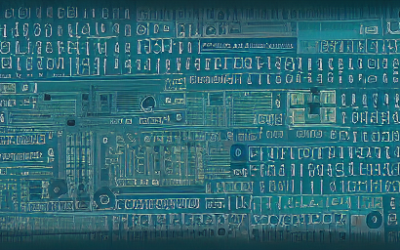Choosing a technology stack for your project can be a daunting task. With so many options available, it can be difficult to make the right choice. Here are some tips to help you select a technology stack for your project:
Tech Blog
Tech Insights, Information, and InspirationFunctional Programming vs OOP
Both OOP and Functional Programming have their advantages and disadvantages. OOP is great for code re-use and scalability, but can lead to complexity and hard to debug code. FP is great for code readability and maintainability, but can lead to code that is difficult to optimize and parallelize. Ultimately, the best choice of programming paradigm depends on the project and the programmer’s preferences.
Kotlin vs Java
Kotlin vs Java are both popular programming languages used for developing applications. Both languages have a lot of similarities in terms of syntax, data types, object-oriented programming, and more. However, they also have several key differences.
What is Kotlin? An Introduction
Kotlin is a modern open-source programming language developed by JetBrains, the makers of the popular IntelliJ IDEA Java IDE. It combines object-oriented and functional programming features and is designed to be a pragmatic language with a simple and concise syntax. Kotlin is interoperable with Java, which means that it can be used to develop Android applications.
Top Programming Languages
In today’s tech-driven world, it is essential to have knowledge of the top programming languages. Programming languages are used to create software and apps, and to communicate with computers. The top programming languages today are Python, JavaScript, Java, C/C++, C#, PHP, and SQL.
Hiring IT Consultants
IT consultants are individuals who provide expert advice and guidance in the area of information technology. Their aim is to help organizations improve their performance by making better use of technology. IT consultants typically have a wide range of skills and knowledge, and are able to provide advice on a variety of topics, including hardware and software, networking, and security. In addition, they may also be able to help with the implementation of new technology, and can provide training and support to staff.
Scalable Web Application Development
Scalable web application development is the process of building a web application that can be scaled up or down to accommodate changes in traffic and user demand.
Web Scale IT
Web scale IT applications are those that are designed to be able to handle very large amounts of data and traffic, often by using a distributed architecture. Some common examples of web scale IT applications include search engines, social networking sites, and e-commerce platforms.
The Basics on Object Oriented Design Concepts
Object-oriented design is a process of designing a software system around a group of objects. The objects are the core of the system and they interact with each other to perform the required tasks. The main advantage of using an object-oriented design is that it makes the system more modular and easier to maintain.
4 Reasons Why a Full-Stack Developer is Your Best Website Development Option
As the demand for websites continues to grow, so does the need for developers who can create them. While there are different types of developers, a full-stack developer is often seen as the best option for website development. Here are four reasons why:
Get In Touch
UseTech Design, LLC
TROY, MI • BLOOMFIELD HILLS, MI
Call or text +1(734) 367-4100










